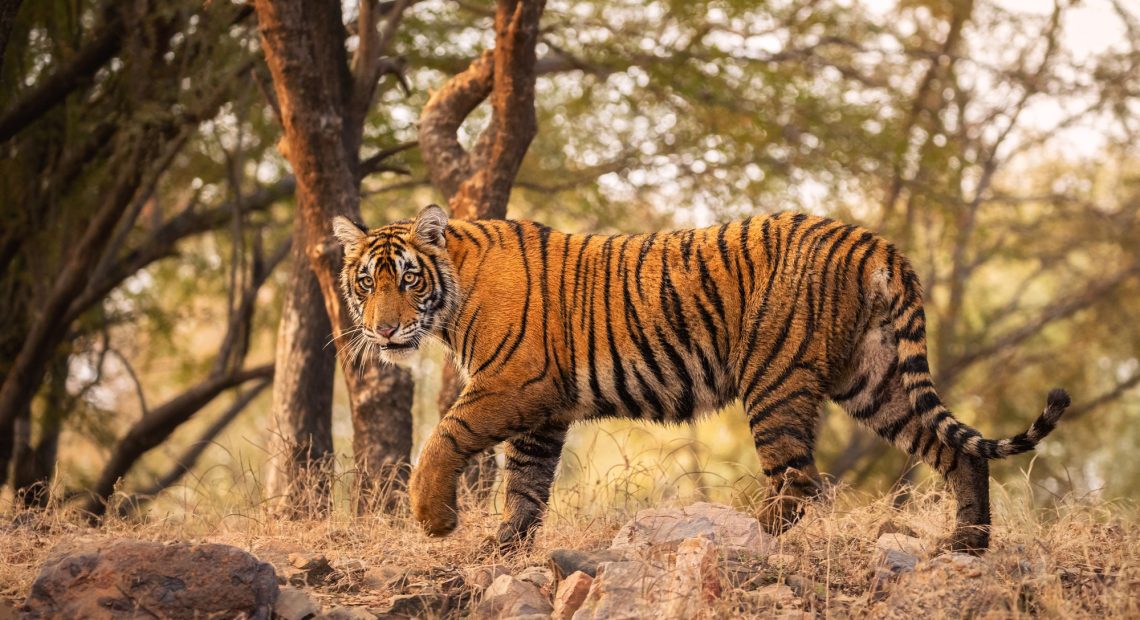
Second Tiger Sighting in Sahyadri Reserve Marks Conservation Win
The Sahyadri Tiger Reserve (STR) in Maharashtra has recently confirmed the sighting of a second male tiger, signaling a conservation success for the region.
The tiger, labeled ‘STR-T2,’ was observed on October 28, 2024, nearly a year after the initial sighting of another male, ‘STR-T1,’ in December 2023. This milestone comes after a prolonged absence of tigers in the area, marking a significant step forward for conservation efforts.
Tiger Migration through Sahyadri Corridor
‘STR-T2,’ a young male tiger, was previously recorded in April 2024 at the Radhanagri Wildlife Sanctuary, located approximately 100 kilometers away. The tiger’s journey to the Sahyadri Tiger Reserve, facilitated by a forest corridor, underscores the importance of wildlife corridors in supporting safe migration and promoting genetic diversity within Maharashtra’s tiger population. This successful movement of the tiger into STR highlights the potential for tiger habitat connectivity in the region.
STR’s Growing Potential for a Sustainable Tiger Population
The sighting of ‘STR-T1’ and now ‘STR-T2’ has given conservationists hope that STR can sustain and nurture a viable tiger population. Officials believe that the growing tiger presence is an encouraging sign of the ecosystem’s health, validating the effectiveness of ongoing conservation measures. Efforts to maintain and improve habitat quality in STR are essential for ensuring the long-term survival of tigers in this landscape.
Recognition for Conservation Efforts
STR authorities have expressed appreciation for the dedication of officers, frontline staff, and forest stakeholders in supporting these conservation achievements. This development serves as a reminder of the critical role secure habitats and wildlife corridors play in bolstering tiger populations and enhancing biodiversity. As STR’s tiger population shows promising signs of growth, conservationists continue to advocate for protecting and expanding these vital ecosystems to support wildlife across the region.


















